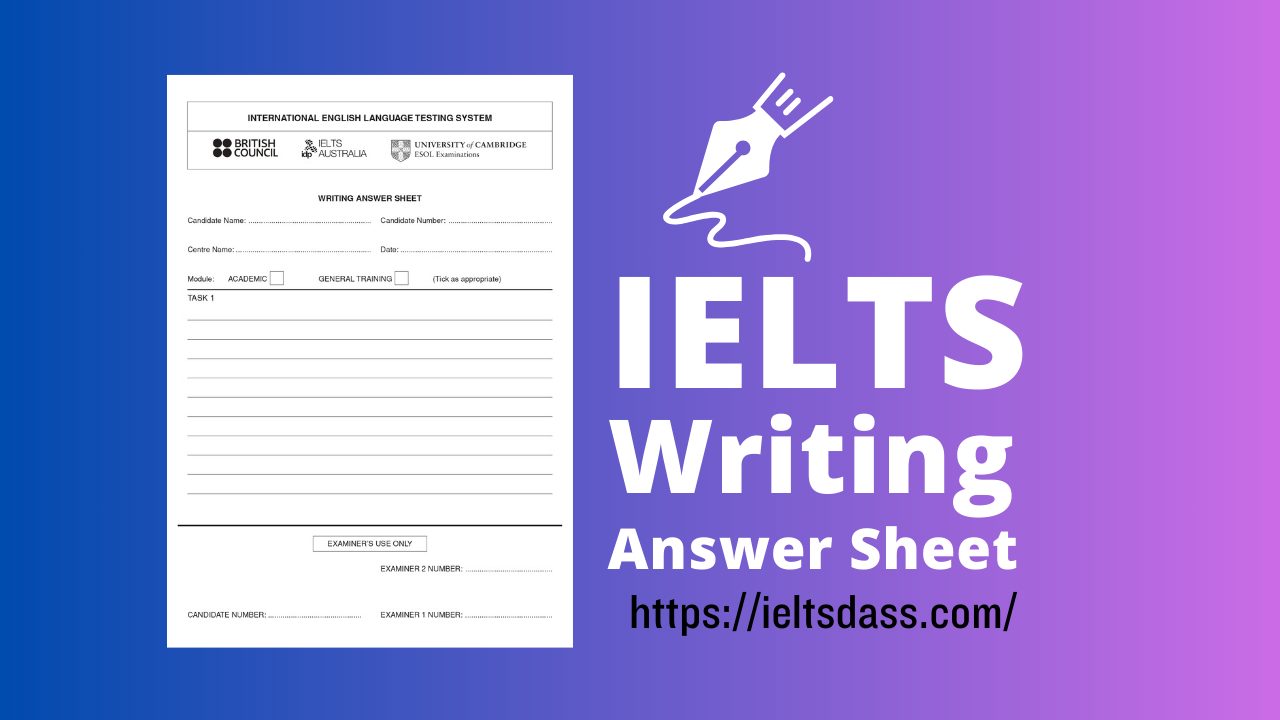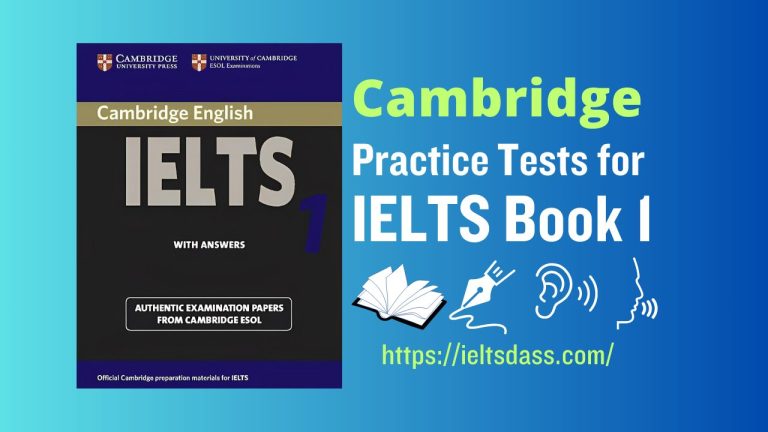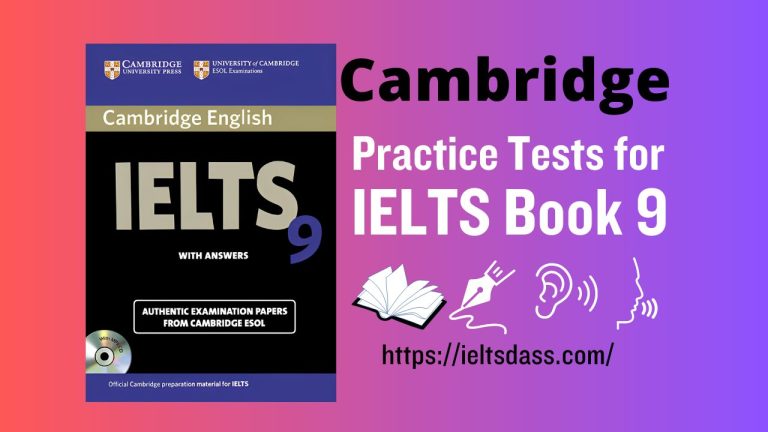IELTS Writing Answer Sheet
The IELTS Writing Answer Sheet is a crucial tool for candidates taking the IELTS exam. This simple piece of paper holds immense importance in showcasing your English writing skills to the examiners. Let’s explore its significance and how to use it effectively.
Recording Your Responses
The primary purpose of the IELTS Writing Answer Sheet is to record your responses for both the Academic and General Training modules. It provides a structured format for you to pen down your thoughts clearly and concisely.
Structured for Clarity
The answer sheet typically consists of two tasks – Task 1 and Task 2, each with a dedicated space for your written answers. Task 1 often includes graphs, charts, or diagrams, while Task 2 requires you to write an essay. Clear instructions are given for word limits and response format.
Legibility Matters
Write neatly and legibly. Examiners should have no trouble deciphering your handwriting.
Stay within Word Limits
Adhere to the specified word limits. Writing too much or too little can affect your score.
Plan Your Time
Allocate time wisely between Task 1 and Task 2, ensuring you have enough time for proofreading.
Use Paragraphs
Structure your essay with clear paragraphs for better organization.
Grammar and Vocabulary
Pay attention to grammar and vocabulary; errors can lower your score.
Review and Proofreading
Before submitting your IELTS Writing Answer Sheet, take a few minutes to review and proofread your work. Correct any errors you spot and make sure your responses are clear and cohesive.
Conclusion (IELTS Writing Answer Sheet)
In conclusion, the IELTS Writing Answer Sheet is more than just a piece of paper; it’s your canvas to showcase your English writing prowess. Use it wisely, and with practice, you can excel in this critical component of the IELTS exam. Good luck on your journey to IELTS success!







